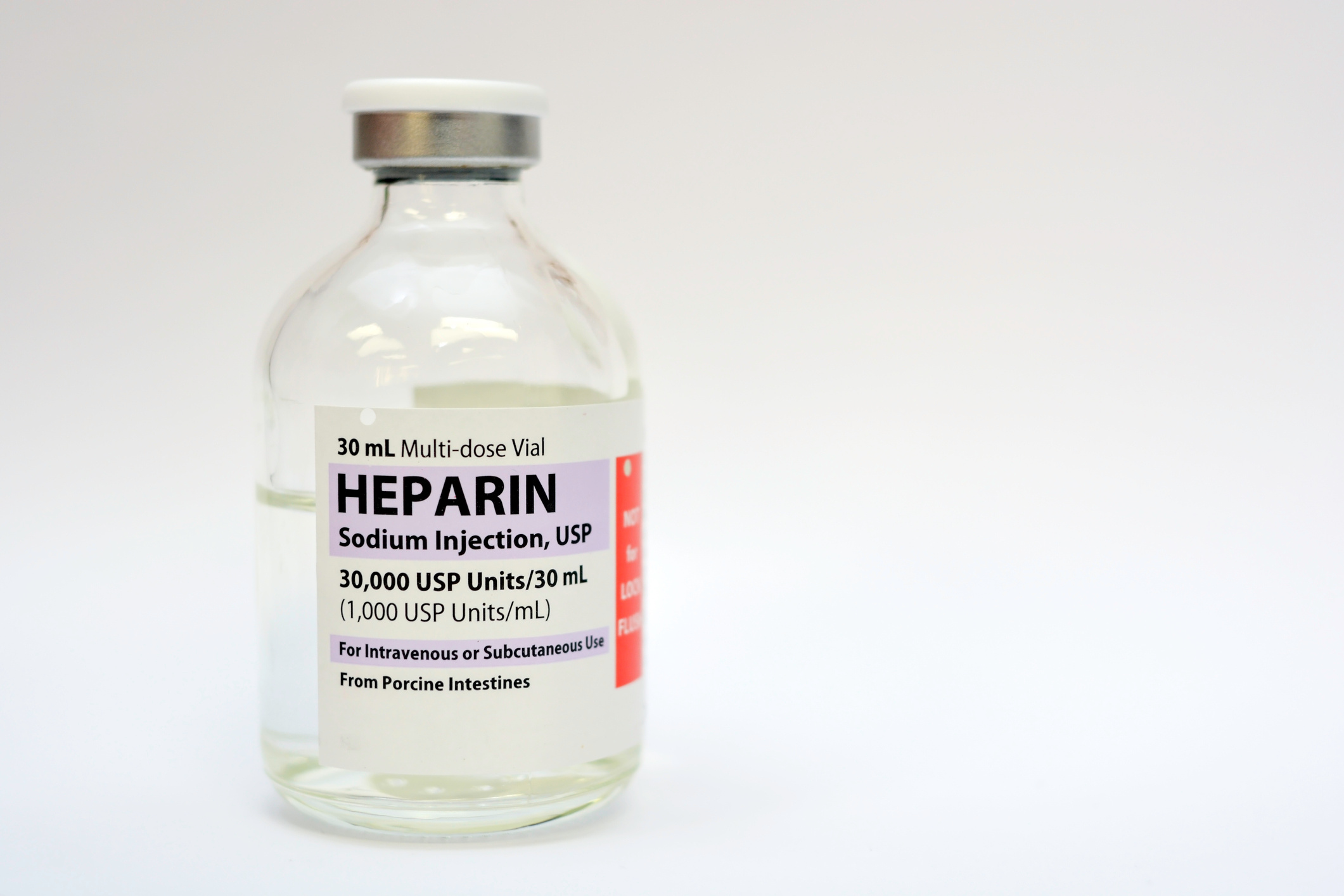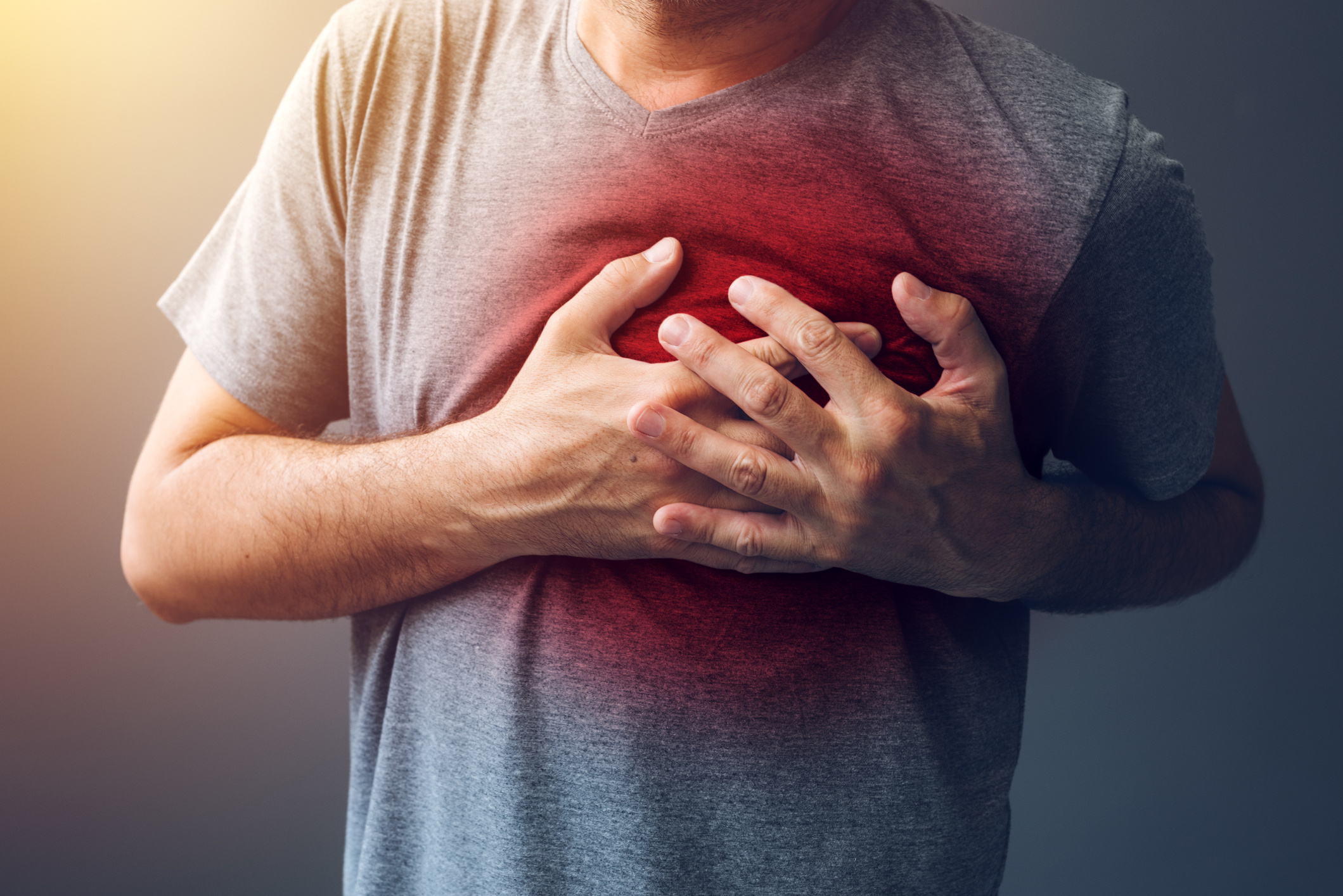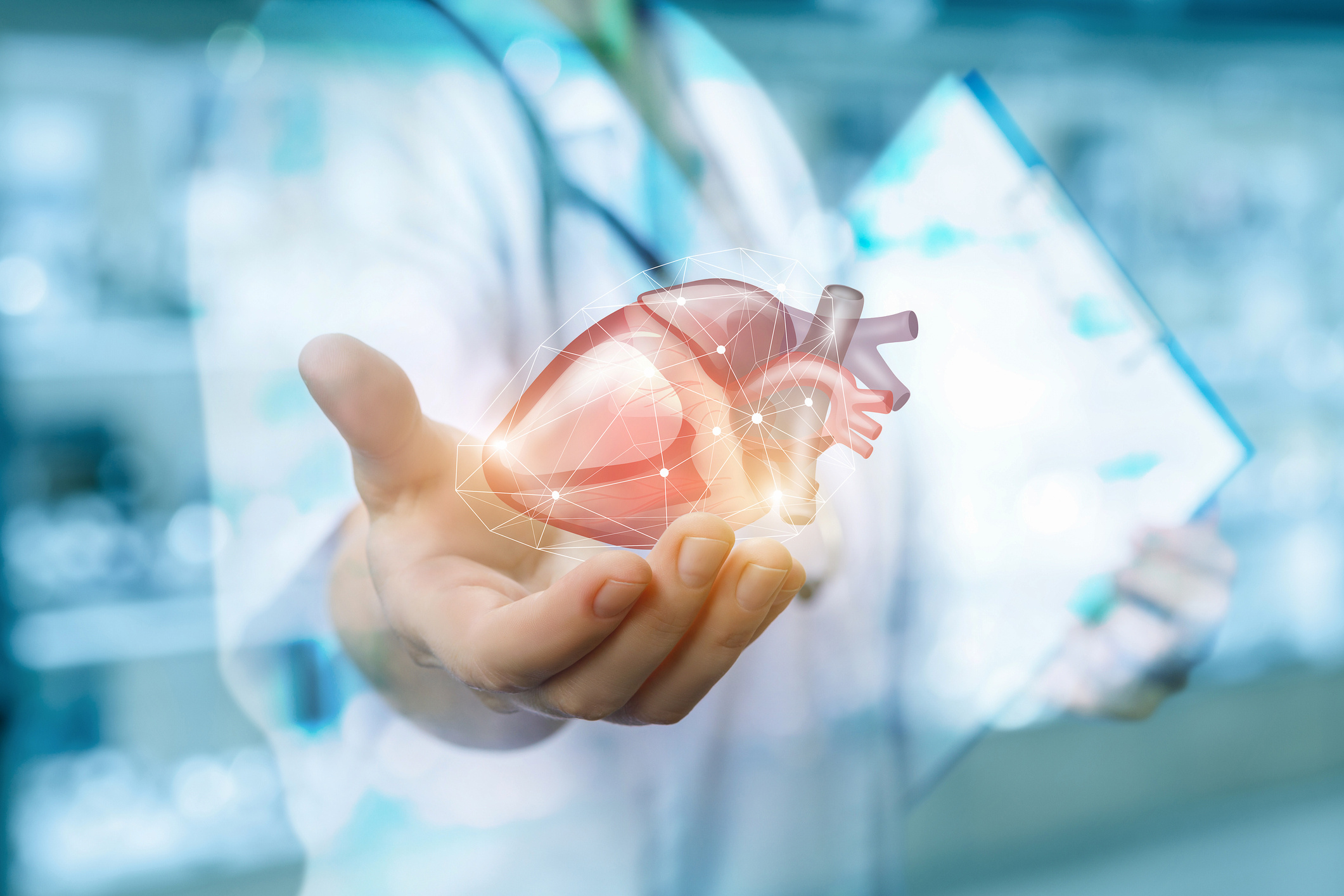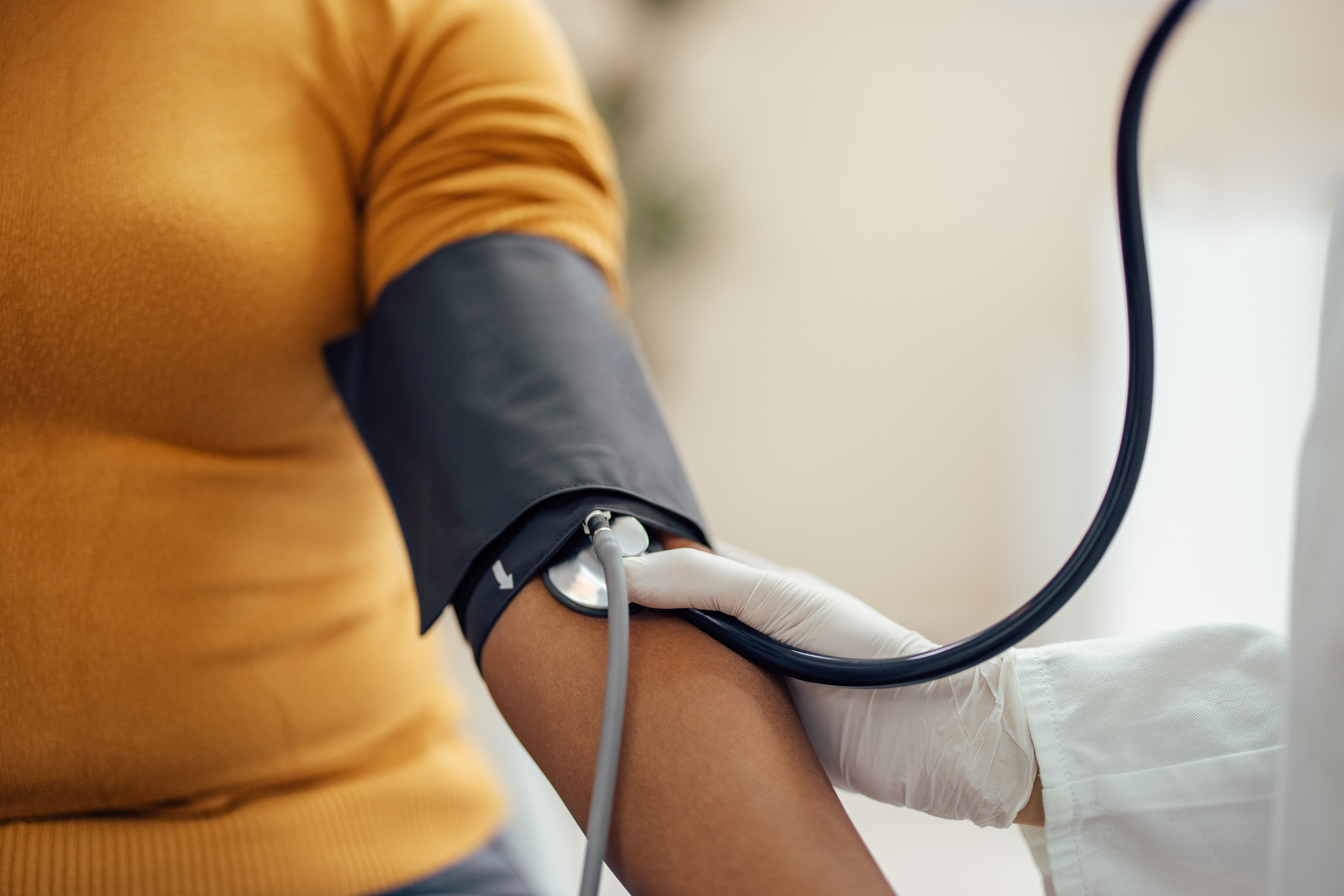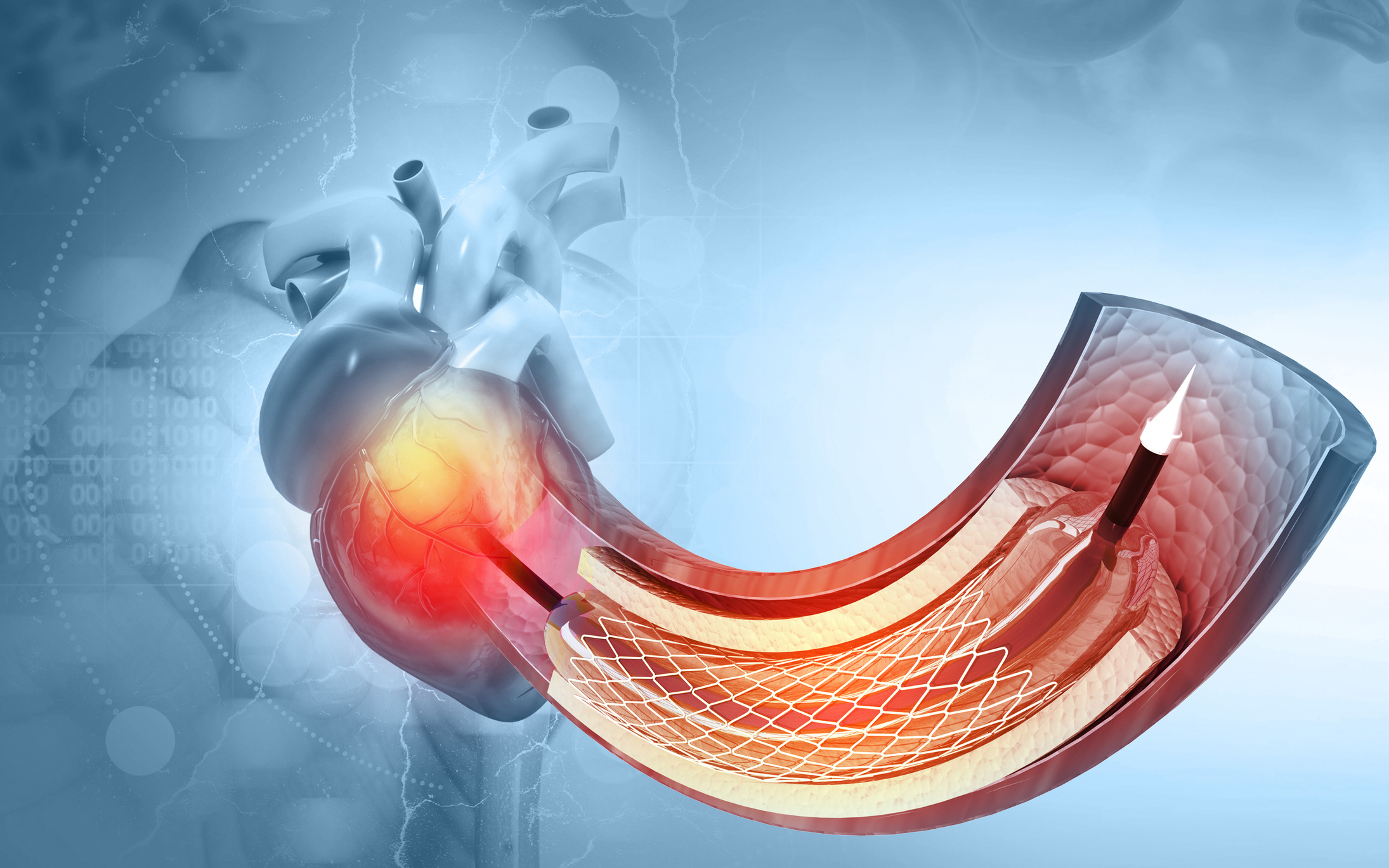
Ersin Özen
He has been working as a cardiologist at Anadolu Medical Center since 2017.
Speciality
- Interventional cardiology
- Cardiac imaging
- Coronary Intensive Care
- Coronary artery diseases
- Peripheral artery diseases
- Hypertension
- Heart failure
Education
University
Cerrahpaşa Medical Faculty of Istanbul University, İstanbul 1998
Specialty Training
Dr. Dr. Siyami Ersek Thoracic And Cardiovascular Surgery Center, Cardiology department
Institutions Worked At
Dr. Ersin Özen, He graduated from Istanbul University Cerrahpaşa Faculty of Medicine in 1998. In 2003 He completed his specialist education at Dr. Siyami Ersek Thoracic And Cardiovascular Surgery Center in Cardiology department in Istanbul In 2004, he served in military service at GATA Haydarpaşa Training and Research Hospital Cardiology Clinic. He worked as a cardiologist and assistant chief physician at the Universal Hospital Kadikoy Hospital in 2005 and as an interventional cardiologist at the Florence Nightingale Hospital in Şişli from 2006 until the month of August of 2017, Beginning in August 2017, he started to work at Anadolu Health Center, Heart Health Center Dr. Özen continues to work as an interventional cardiologist.
-
Turkish Medical Association
-
Turkish Cardiology Society
-
Istanbul Interventional Cardiology Academy
1.Assessment of right atrial pressure using echocardiography and correlation with catheterization.
Yıldırımtürk O, Tayyareci Y, Erdim R, Özen E, Yurdakul S, Aytekin V, Demiroğlu IC, Aytekin S.
J Clin Ultrasound. 2011 Jul;39(6):337-43. doi: 10.1002/jcu.20837. Epub 2011
2. Determinants of coronary flow abnormalities in obstructive type hypertrophic cardiomyopathy: noninvasive assessment by transthoracic Doppler echocardiography.
Çelik S, Dağdeviren B, Yıldırım A, Görgülü S, Uslu N, Eren M, Gürol T, Özen E, Tezel T.
J Am Soc Echocardiogr. 2004 Jul;17(7):744-9.
3. Effects of enoxaparin and nadroparin on major cardiac events in high-risk unstable angina treated with a glycoprotein IIb/IIIa inhibitor.
Ökmen E, Özen E, Uyarel H, Sanli A, Tartan Z, Cam N.
Jpn Heart J. 2003 Nov;44(6):899-906.
4. A stent thrombosis 1465 days after implantation.
Öcal Karabay K, Erdim R, Özen E. Mater Sociomed. 2011;23(3):184-5. doi: 10.5455/msm.2011.23.184-185.
Featured Cancer Articles
- 6 Nutrition Tips for Those Who Fast
- What is Disease X (Virus X)?
- How Does Cancer Form?
- What is an Ovarian Cyst?
- What is Cervical Cancer?
- What Are the Symptoms and Treatment Methods of Testicular Cancer?
- Symptoms, Diagnosis, and Treatment Process of Bladder Cancer
- Liver Cancer
- What is Stomach Cancer? What are Its Symptoms and Treatment?
- Thyroid: What is it, Symptoms, Diagnosis, and Treatment






